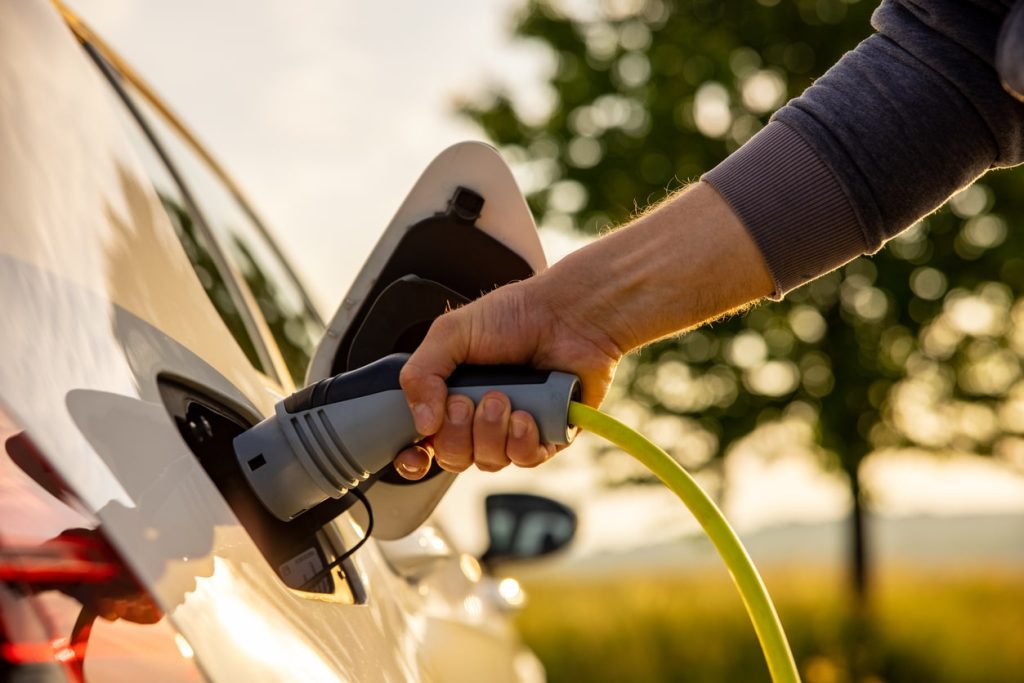Have questions about electric vehicles (EVs)? CAA’s car experts are here to answer your questions about EV charging and more.
''Is is there a charge for charging an EV? Also, is the actual process of charging an EV at one of these charging stations a simple exercise? '' —Min Raber
Answer:
There are more than 1700 publicly available charging stations in Ontario. Many of them are free to use while parking and visiting businesses like grocery stores or shopping malls. However, there are stations that do charge a fee to be used.
A Level 2 pay-per-use stations generally average about $1.00 per hour or $2.50 per charge. Most Level 3 stations are pay-per-use and most bill per minute for an average cost of $15 per hour as they can generally charge the vehicle battery from zero to 80% in 30-45 minutes. For most EV, Level 2 and Level 3 chargers are standard for all makes and models and charging them is fairly straightforward.
”I realize that the EV market is fairly new but I am looking at purchasing an EV in the next two years. Living in Ontario, how do the winters affect the EV battery? Do you see corrosion with salted roads in the winter? Also, does the temperature affect the operation of the car? I grew up in a cold climate where I needed to plug my car in at night to keep the motor warm—is this the case with EV cars as well? Do they freeze up?” —Helen Hutteri
Answer:
Apart from the drivetrain, an EV generally has the same mechanical operation as other vehicles on the road. When operating an EV in cold weather it can instantly lose approximately 12% of their battery range. This can increase to 40% when using vehicle features such as cabin heater, seat heaters, defroster and other accessories that combat the cold weather. Keeping the vehicle charged when not in use is key to reducing range anxiety during the cold winter months.

